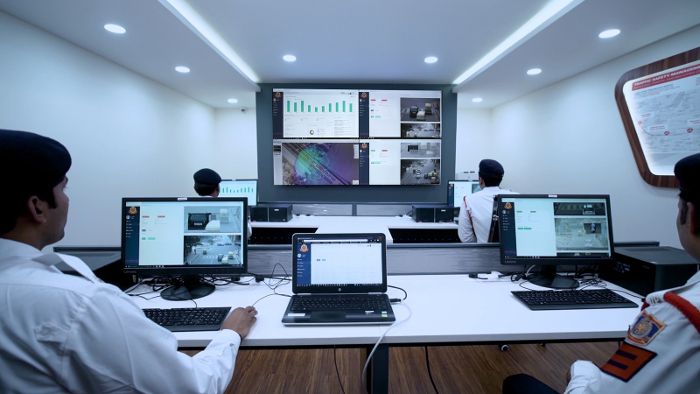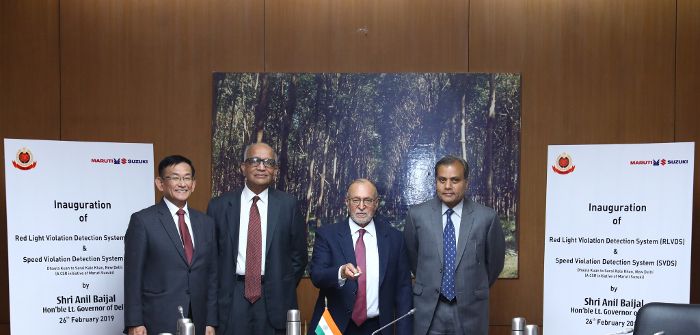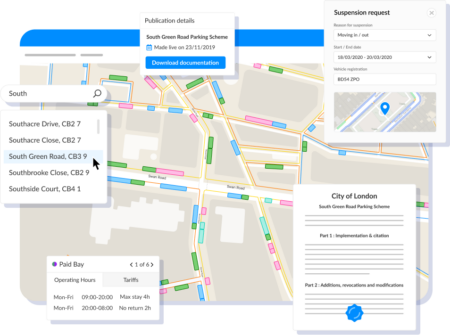A new red-light and speed enforcement system has been deployed in the Indian capital as part of an initiative by the Delhi Police with financial support from the auto maker Maruti Suzuki India as part of its CSR (Corporate Social Responsibility) program.
The project was born at a meeting last year between the Lieutenant Governor of Delhi, Anil Baijal and the chairman of Maruti Suzuki, R C Bhargava, and includes the installation of red-light violation detection Systems (RLVDS) and speed violation detection systems (SVDS) at nine signalized junctions on the city’s busy Ring Road.
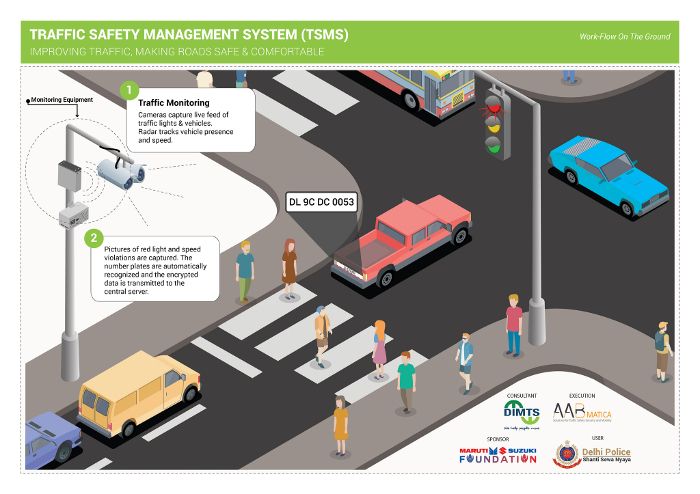 The first of its kind initiative in the National Capital Region aims to promote road safety through the use of technology to strengthen enforcement of the country’s traffic regulations in a transparent manner. The scheme aims to provide a safer driving experience for motorists, help pedestrians in crossing the road safely, improve compliance with road traffic rules, and smooth the movement of vehicles along the corridor, while reducing accidents and fatalities at intersections.
The first of its kind initiative in the National Capital Region aims to promote road safety through the use of technology to strengthen enforcement of the country’s traffic regulations in a transparent manner. The scheme aims to provide a safer driving experience for motorists, help pedestrians in crossing the road safely, improve compliance with road traffic rules, and smooth the movement of vehicles along the corridor, while reducing accidents and fatalities at intersections.
The system is completely automated, from the capture of violations to the issuance of an e-challan (electronic penalty charge notice), and is expected to instill a culture of discipline among motorists and promote adherence of traffic rules.
The project is in alignment with the Indian government’s focus on reducing traffic accidents and fatalities across the country. The system has been set up on an 8.7-mile (14km) long section of the Ring Road, and covers nine high traffic-intensity junctions. The new system includes sophisticated 3D radar units and over 100 high-resolution cameras to track the presence of vehicles and violation of traffic rules. The ALPR (automatic license plate recognition) cameras capture multiple offences: Red-Light Violation’ Speed Violation, Stop Line Violation, and Wrong-Side Violation, along with the registration number of the offending vehicle.
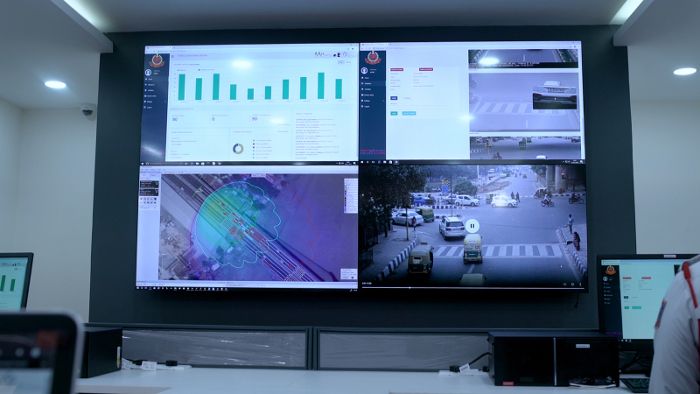 The system automatically encrypts and transfers the data of a violation to the centralized server at Delhi Traffic Police Headquarters in Todapur. The system then facilitates the generation of e-challans along with photographic evidence and sends it to the offender through a combination of SMS text, email or post. The platform is also capable of doing data-analytics and generating trend reports for monitoring system-effectiveness and efficiency. The system is capable of 24×7 operations and is expected to be particularly beneficial to pedestrians and road users at night, when incidents are more prevalent.
The system automatically encrypts and transfers the data of a violation to the centralized server at Delhi Traffic Police Headquarters in Todapur. The system then facilitates the generation of e-challans along with photographic evidence and sends it to the offender through a combination of SMS text, email or post. The platform is also capable of doing data-analytics and generating trend reports for monitoring system-effectiveness and efficiency. The system is capable of 24×7 operations and is expected to be particularly beneficial to pedestrians and road users at night, when incidents are more prevalent.
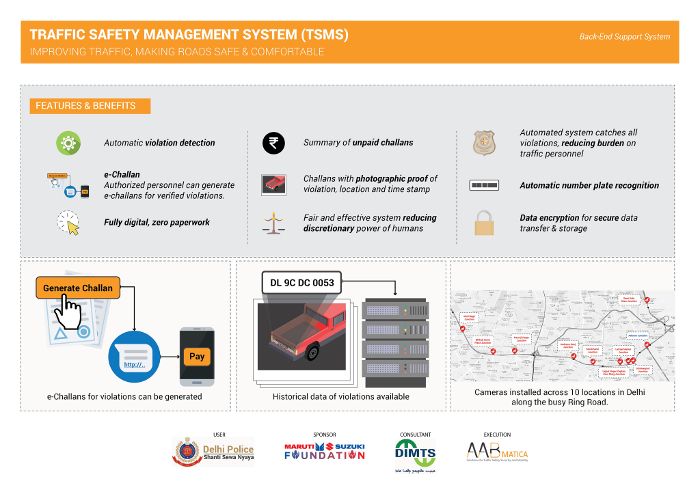 Maruti Suzuki has invested about US$2.2m in setting up the system. From its launch, the system will be under the charge of Delhi Police, while Maruti Suzuki will maintain it for two years along with its implementation partners: the equipment supplier Aabmatica Technologies; and Delhi Integrated Multi-Modal Transit System Ltd (DIMTS), an urban transportation consultancy and infrastructure development company, which is a joint venture company between the Government of National Capital Territory of Delhi (GNCTD) and the IDFC Foundation (a not-for-profit initiative of Infrastructure Development Finance Company Limited).
Maruti Suzuki has invested about US$2.2m in setting up the system. From its launch, the system will be under the charge of Delhi Police, while Maruti Suzuki will maintain it for two years along with its implementation partners: the equipment supplier Aabmatica Technologies; and Delhi Integrated Multi-Modal Transit System Ltd (DIMTS), an urban transportation consultancy and infrastructure development company, which is a joint venture company between the Government of National Capital Territory of Delhi (GNCTD) and the IDFC Foundation (a not-for-profit initiative of Infrastructure Development Finance Company Limited).
Launching the RLVDS and SVDS initiative, Baijal said, “This project displays the effective use of technology for better enforcement and creating a culture of compliance of traffic rules. The system will reinforce safety for motorists as well as pedestrians, along with enabling smooth flow of traffic and bringing down accidents in the city.”
